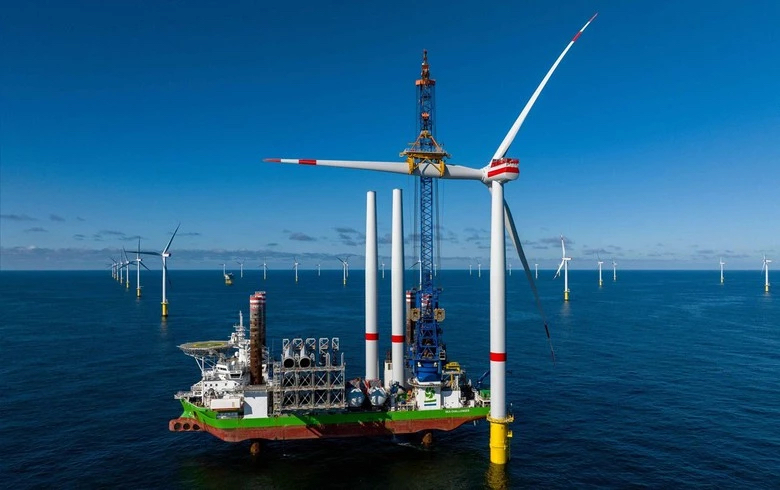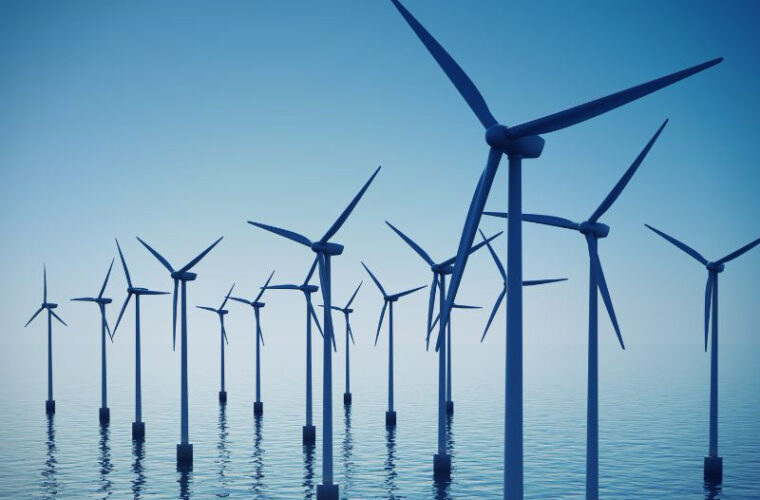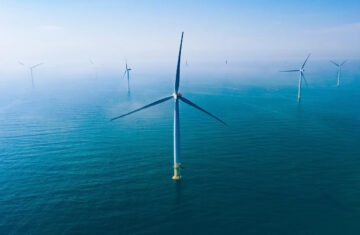The offshore wind supply chain is facing significant challenges due to the “rat race” to build ever-larger turbines, according to a recent report by global consultancy Roland Berger. As Europe positions offshore wind as a cornerstone of its energy transition, the sector aims to increase its capacity from 7 GW to 20 GW/year, ultimately targeting 120 GW of installed capacity by 2030.
Supply Chain Impasse
Despite these ambitious goals, the report reveals that the offshore wind supply chain is currently at an impasse. Bram Albers, a partner at Roland Berger, emphasized the urgency, stating, “The offshore wind industry must triple its capacity. Now is the time to lay the groundwork for a robust, future-proof supply chain to ensure competitive costs and continued industrial activity in Europe.”
The Cost Pressure Dilemma
The report highlights a paradoxical situation: while governments are organizing competitive tenders for wind farms, increasing cost pressures prompt project developers to choose larger turbines for savings. This has led manufacturers to focus on developing ever-larger turbines to enhance market share. Although larger turbines have historically lowered costs by reducing the number of units needed to generate the same energy, the current trend has diminished the cost benefits of further increases in size.
Impact on the Supply Chain
This “rat race” toward larger turbines has created uncertainty throughout the supply chain. Key component manufacturers, including those producing gearboxes and foundations, lack clarity on future turbine sizes, which has deterred investment in new factories. Additionally, contractors responsible for turbine installation are uncertain about crane sizes, complicating their ability to order new vessels. Ports are also unsure of the appropriate depths for constructing quays.
Consequences for Offshore Wind Deployment
As a result of these challenges, the offshore wind sector is experiencing significant delays in deployment and substantial price increases due to supply chain shortages. The industry has been discussing the need for standardization in turbine sizes for several years. The Dutch wind energy association, NedZero, has proposed establishing a maximum height for turbines, but no standard has yet been implemented.
A Call for Industry Standards
Maarten de Vries, a senior associate at Roland Berger, stated, “To halt the increasingly fruitless rat race towards bigger turbines, we need to set an industry standard for turbine size, and to do so for long enough that the European offshore wind industry can build the robust, industrialized supply chain it needs.”

De Vries also stressed the importance of collaboratively developing a roadmap for transitioning to larger and smarter turbines: “Only with such a roadmap for the innovation of offshore wind turbines can the industry prolong its global competitiveness into the future. Only then can Europe achieve its energy transition in a timely and cost-effective manner.”
Conclusion
The offshore wind industry must navigate the complexities of turbine size competition to build a sustainable supply chain. Establishing clear standards and a collaborative roadmap is essential for ensuring the sector can meet its ambitious energy transition goals.
Sources
- Roland Berger Offshore Wind Report
- Dutch Wind Energy Association – NedZero
- European Commission on Offshore Wind Energy



